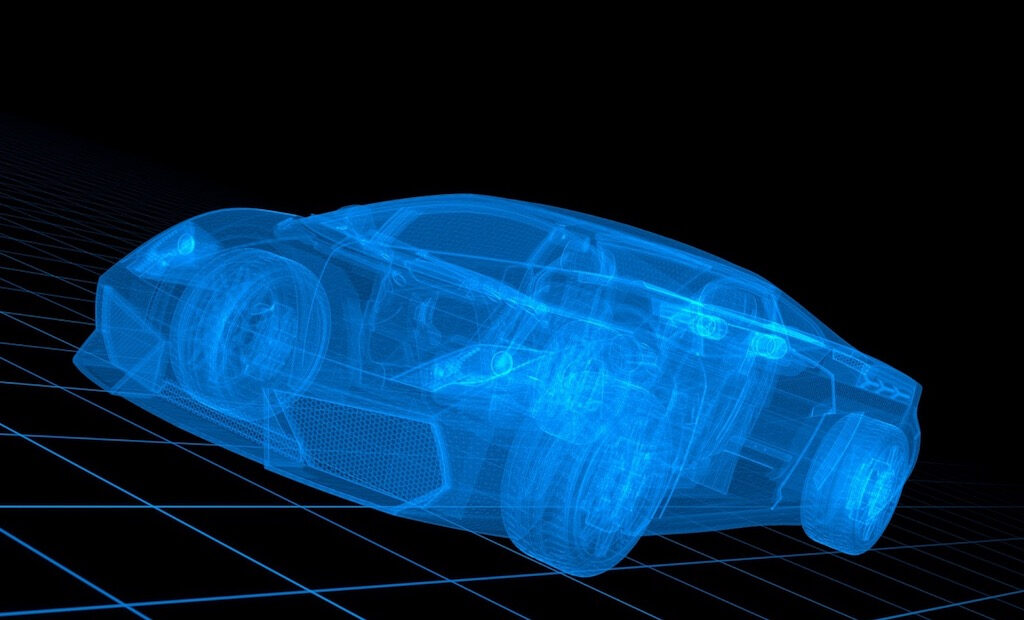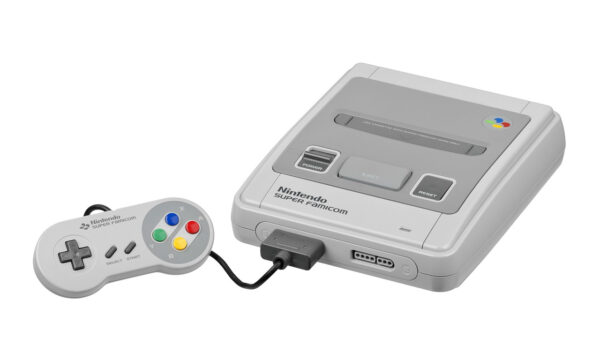3D printing: Some of the most fascinating objects brought to life

The price tag associated with 3D printing has long kept the technology exclusive, but the practice is increasingly used in medicine, architecture and fashion, and nowadays, many regular clients are able to turn to a 3D printing service in order to turn their design into a physical product. It’s no longer a manufacturing method that is exclusively used by the biggest companies (leaving exclusively industrial practices like CNC machining services behind). Nowadays, almost anyone can create fascinating objects with the help of a 3D printer. Here are some examples.
A skull implant
A skull implant made with a 3D printer was placed in an American man in March of 2017. The Oxford Performance Materials company made a three-dimensional scan of his skull, and, based on this, a custom-made implant was printed. The new artificial skull was given a rough surface with small holes, through which bone tissue and cells can grow. The material used is polyetherketoneketone (PEKK), a synthetic polymer.
Richard III’s head
Following up on the skull implant, it’s also possible to use a skeleton to recreate a person. Caroline Wilkinson of the University of Dundee showed this when she reconstructed Richard III’s head after his skeleton was found under a parking lot in Leicester. She used her computer in order to do this, and printed her work with a 3D device, of course.
A firearm
At the beginning of May of 2017, the first firearm made almost entirely with technology from a 3D printer was fired for the first time in the US state of Texas. The weapon – which was, rather worryingly, given the name “The Liberator” – consists almost entirely of plastic. 15 of the 16 components come from a second-hand 3D printer, and only the firing pin is made of metal.
A bionic ear
Scientists at the renowned American university of Princeton have made a 3D-printed bionic ear that is capable of receiving many more frequencies than the human ear. In addition to materials from the 3D printer, nanoparticles and cartilage cells from a calf were also needed. This ear can serve as a hearing aid, although there is some work to be done still because the input from the bionic ear must be passed on to the nerve endings – something the researchers have not yet succeeded in doing.
Human stem cells
In 2017, scientists succeeded in printing embryonic stem cells with a 3D printer for the very first time. Those cells can divide indefinitely and grow into almost every cell type that occurs in the human body. In the long term, they can make organ donations and animal testing obsolete and speed up drug development too.
A violin
The first 3D-printed violin was part technological marvel and part papier-mâché project. Violin maker Alex Davies made the core of the violin with a 3D printer, after which he shaped it into a violin with the help of newspapers and wallpaper glue. It is not exactly a Stradivarius, but not bad at all for a weekend of work and just $12, which Davies claimed his project cost.
A foetus
For parents-to-be who want something a bit more tangible than a 3D or 4D ultrasound, it is now possible to get a 3D model of the foetus. Based on an MRI scan in the eighth or ninth month of pregnancy, a 3D printer can print a 9cm model of the foetus. The white foetus floats in a transparent block that is shaped like the mother’s body. The makers have dubbed the 3D model The Shape of an Angel.
The editorial unit























Facebook
Twitter
Instagram
YouTube
RSS